The Global Wellness Summit’s Top
Wellness Trends for 2022 Are Here
We are excited to unveil our annual trends report, The Future of Wellness 2022! This 110-page report goes in-depth on the major shifts ahead in nutrition, wellness travel, wellness real estate, women’s health, men’s wellness, healthcare, technology, sustainability, and spas. One thing this forecast makes crystal clear: the future of wellness will be anything but a “restart” of 2019. What consumers now need most, what they perceive as “true wellness,” has profoundly changed.
The trends were unveiled last week at the first Global Wellness News™ media event in New York City.
Ten Wellness Trends for 2022:
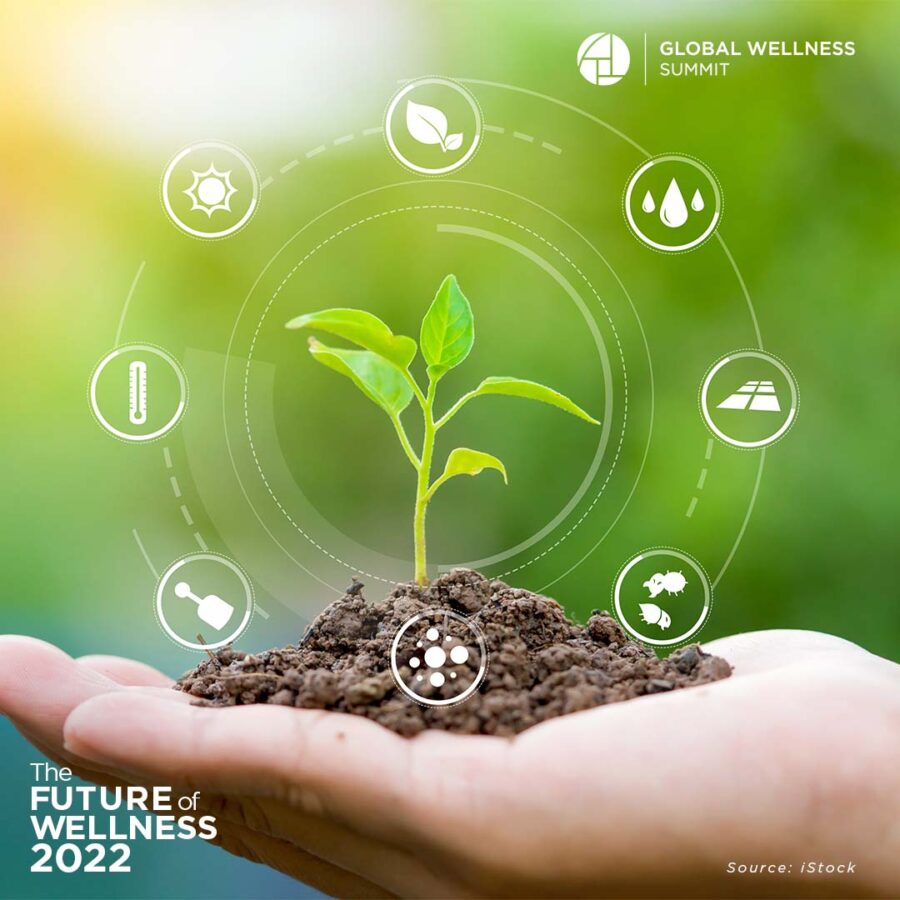
1) Dirt-y Wellness
The health of the world’s soil—and the impact of soil exposure on human health—become far more important
Soil is our planet’s most extraordinary ecosystem, a living microbial stew that for millions of years did its job: from cycling nutrients to plants to capturing vast amounts of atmospheric carbon. For 99% of human evolution, people lived deep in soil, as foragers and farmers. Now we’re soil-deprived, no longer bathing in that bacterial and fungal richness—an issue because mounting research indicates that soil exposure has an eye-opening impact on everything from immune to mental health. Industrial agriculture decimated the world’s soil and the soil crisis is here. This trend explores how a soil-restoring regenerative agriculture, the hottest topic in farming, will become a hot topic in wellness: from “regen-certified” becoming the next food label (far more meaningful than organic) to more wellness brands moving to regen-sourced ingredients to regen-agrihoods being the trend to watch in wellness real estate. We also cover many trends getting people back to some “soil bathing”: from a new microbial architecture creating indoor spaces teeming with healthy soil microbes to the farm becoming as important as spa and fitness at new wellness resorts.
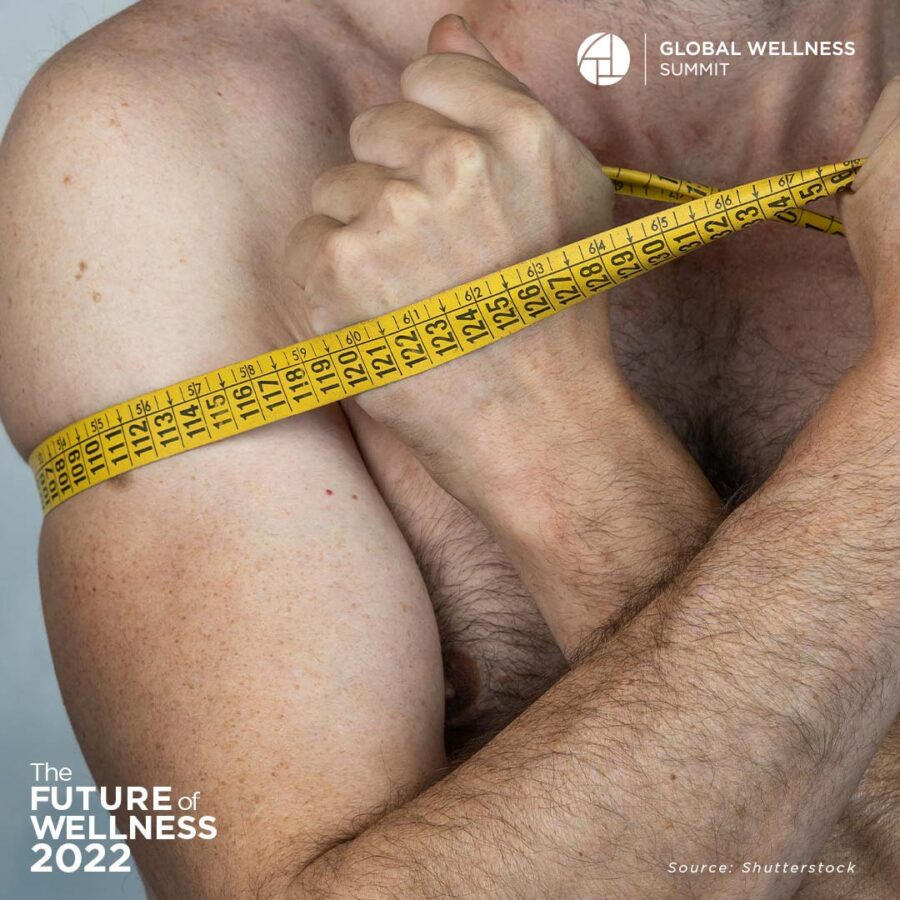
2) Toxic Muscularity Comes Clean
How bulging biceps and rippling abs have had a negative ripple effect on male body image
A growing body of research is revealing that body image is no longer solely a “women’s issue.” A 2021 United Kingdom survey found that half of men aged 16-40 had struggled with their mental health because of how they feel about their bodies—and half pointed the finger at mainstream and social media. “Toxic muscularity” can be literally poisonous. Steroid abuse is hiding in plain sight in the improbable shape of actors, athletes, influencers and action figures—and steroids are merely the most notorious of an ever-expanding pharmacopeia of image- and performance-enhancing drugs (IPEDs) spreading everywhere, from high-end gyms to high schools. This trend looks at the activists and new initiatives that are driving a new male body positivity movement—the equivalent of the conversation about unhealthily thin female models and Barbie dolls.
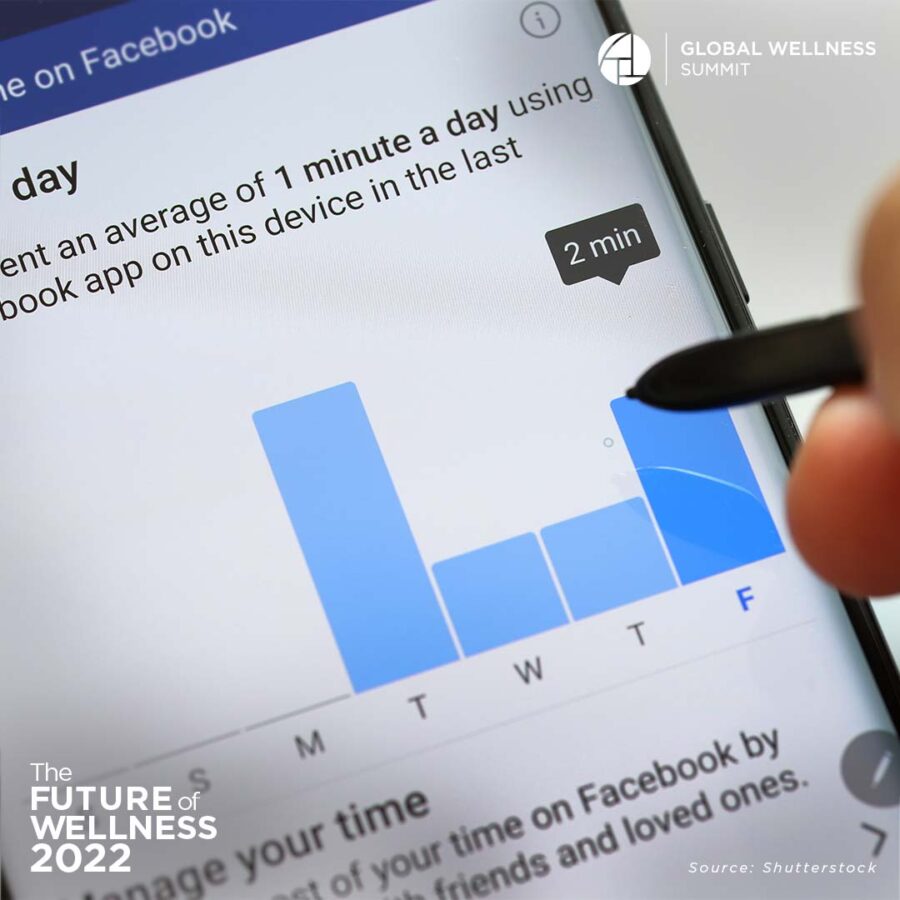
3) From Wellness Tech to Technological Wellness
A fresh take on digital health
Between fitness wearables, telehealth apps and smart home gyms, there is no shortage of technologies promising to make us well. But the truth is that most technologies (that make up the majority of our screen time) are harming our health, not helping it. That’s where the need for a new technological wellness comes in: a kind of wellness that doesn’t just remedy the toxic toll that tech takes on our minds or bodies, but rather puts health at the very center of how—and how often—we engage with technology at large. The future: pausing, developing everyday technologies with wellbeing in mind, and treating our tech intake more like our food intake.
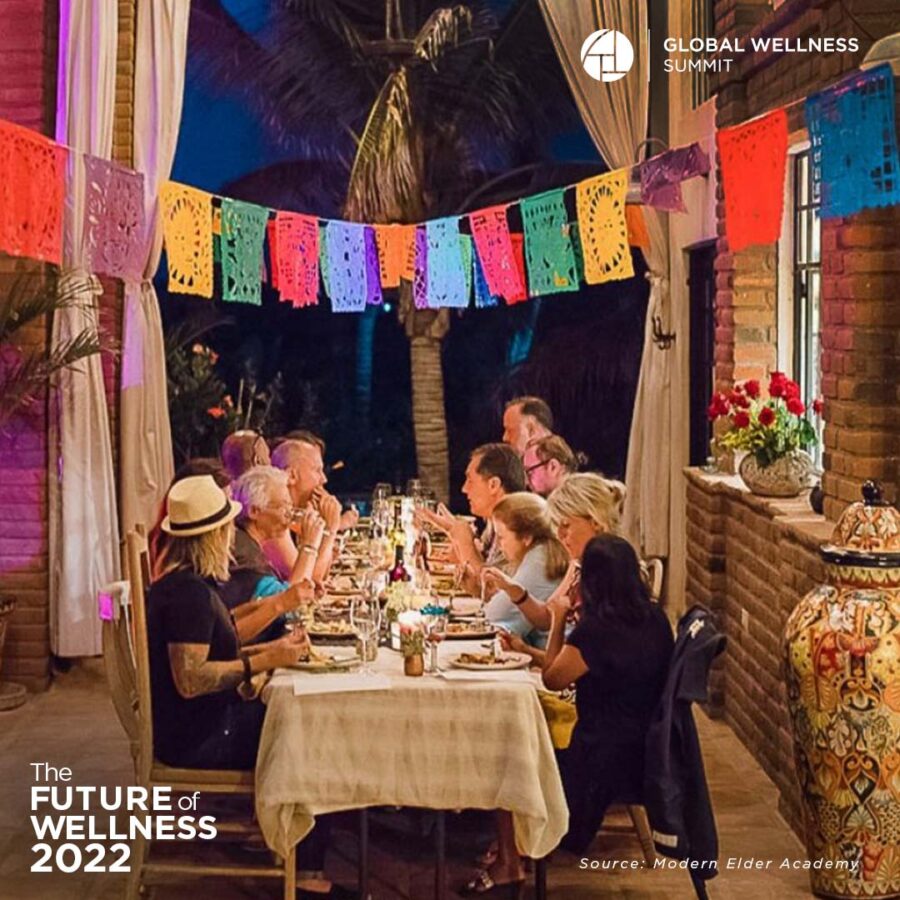
4) Senior Living Disrupted
A wrinkle in time no more!
Healthier and more active than their cohorts in previous generations, today’s seniors don’t “feel old” and don’t want to be defined by age, nor socially segregated by it. That’s why today’s age-segregated models of senior living communities are no longer cutting it with a new generation that doesn’t accept being put out to pasture upon retirement. The future is a retirement of the “senior living” concept and a new focus on intentional intergenerationality. This trend looks at the development of pocket neighborhoods; innovative, mutually beneficial intergenerational co-living models; and strategies for designing for intergenerationality.
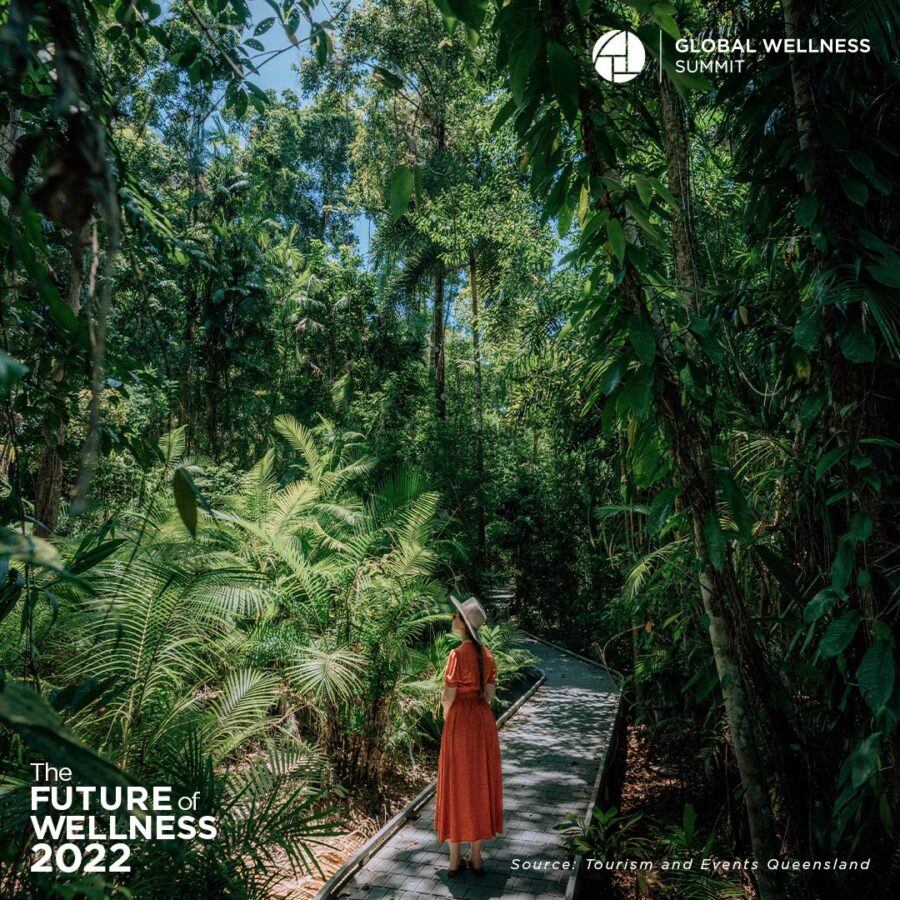
5) Wellness Travel: Seekers, Welcome
Post-pandemic travelers are ready for adventure and engagement
Intention is the future of travel in 2022. Social indicators such as the “great resignation,” record retirements and global nomadism reveal profound commitments to work/life balance and personal growth and happiness. To meet these new demands, the travel industry is rolling out the welcome mat for these new intentional travelers with the invitation: Seekers, welcome. This trend explores how the newest travel experiences tap into a sense of purpose and a desire to grow creatively and intellectually: nature as a source of healing and awe, the surge in Indigenous travel experiences, the rise of farm-wellness resorts where people learn to grow food, more art classes, and giving back to academia in citizen science programs.

6) Innovative Tech Closing the Gender Gap in Medical Research
Artificial Intelligence (AI), apps , and wearables collect data for a wide range of women’s health conditions
Too many women’s health conditions (such as menopause, endometriosis and infertility) are underfunded and under-researched, leading to major issues in healthcare: women with chronic conditions have a harder time securing a correct diagnosis and finding effective treatments. This impacts women’s view of mainstream medicine and they wonder: why aren’t there more solutions out there? This trend explores how startups and tech giants are increasingly trying to expand and improve research data on women’s health through AI, smartphone apps, wearables, and virtual trials. From data-gathering trackers to “smart bras,” Silicon Valley is reimagining a host of existing technologies that allow for better representation of women in trials, quicker access to participants, and more longitudinal data.
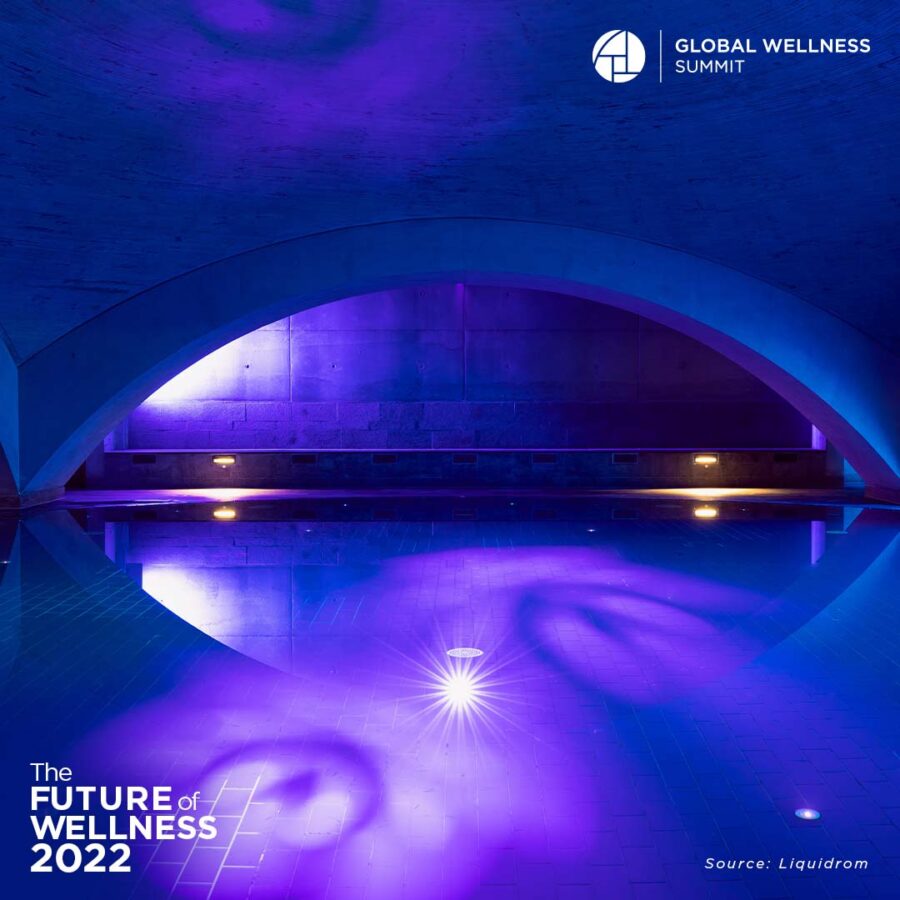
7) Urban Bathhouses & Wellness Playgrounds
Affordable wellness is coming to a city near you
Whether it’s new bathhouses featuring hydrothermal bathing (saunas, steam rooms, pools, etc.); large-scale wellness-focused water resorts (some of which accommodate up to 8,000 visitors daily); or public parks where nature meets art and wellness, pandemic-weary cities around the globe are suddenly making the pursuit of wellness accessible, affordable and inclusive. This trend details how an urban bathhouse renaissance is underway, how urban sauna bathing is becoming more popular and playful, and how public “playgrounds” that merge nature and wellness are transforming cityscapes—with new manmade beachfronts, boardwalks, pop-up wellness classes, and even water sports appearing in unexpected places, from New York to Tokyo.
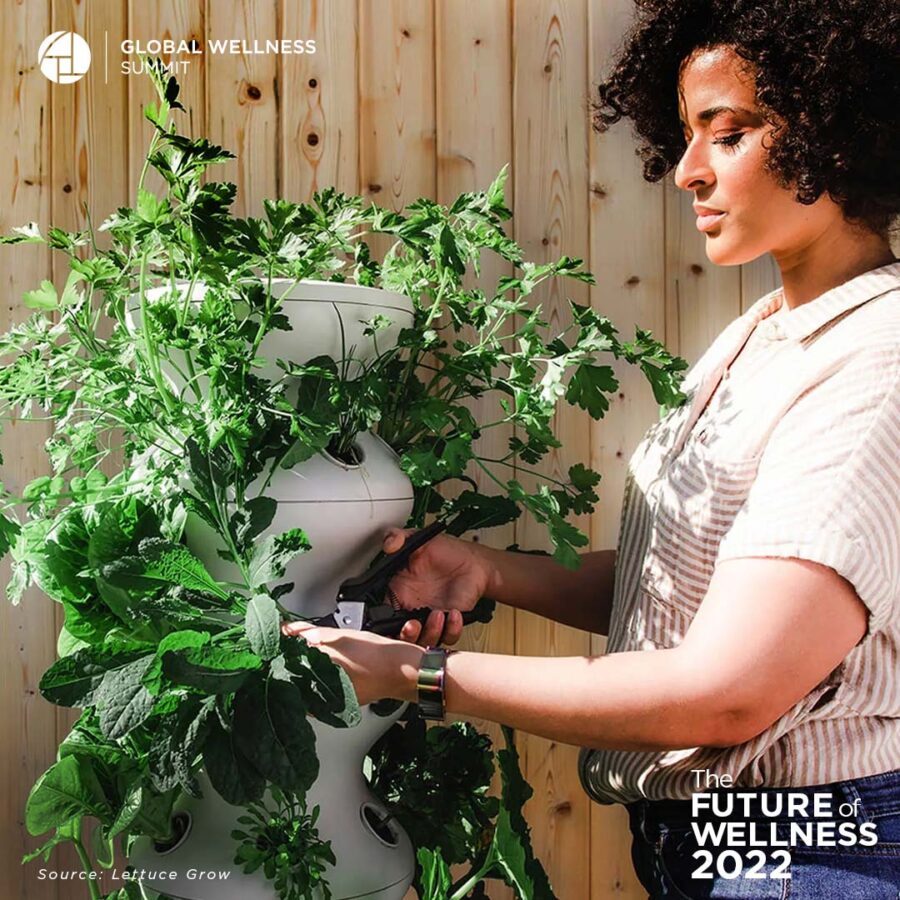
8) Next-Gen Naturalism
The return of self-reliance
For decades, the concept of progress has been about requiring humans to do as little as possible. We praise automation, reward businesses who deliver convenience on-demand, and admire nature from a safe distance—glorifying it without respecting it. But the looming threat of global upheaval is forcing us to change our ways. As we collectively reckon with the fragility of our planet and the instability of our supply chains, we’ll see a long-overdue return to self-reliance. This trend details how the self-sufficiency boom is playing out in diverse ways, from the global growth of outdoor survival schools to the boom in foraging and homegrown produce. Next-gen naturalism is a back-to-basics wellness that refocuses on the natural world and ancient practices to prepare for a shaky future.

9) Health & Wellness Coaching Gets Certified
Coaches trained in the art and science of motivating healthy changes have been the missing link in both healthcare and wellness
The world spends $8.3 trillion a year on healthcare and $4.4 trillion on wellness, but we can’t stem the tide of chronic diseases. Behavior change is the toughest nut. Health and wellness coaches rigorously trained in the art and science of motivating people to start and stick to healthy behaviors have been the missing link in both healthcare and wellness. This trend goes in-depth on how they’re finally here: how training programs and standards are growing fast, how new medical “care team” models are making this coach as central as the doctor, how an explosion of digital health platforms is claiming to put behavioral “coaching” at the center, and how the wellness world may be slowly waking up to their power. Certified health and wellness coaches will increasingly work with doctors, insurers, employers, physical therapists, fitness trainers, resorts, and people independently. They are a no-brainer.
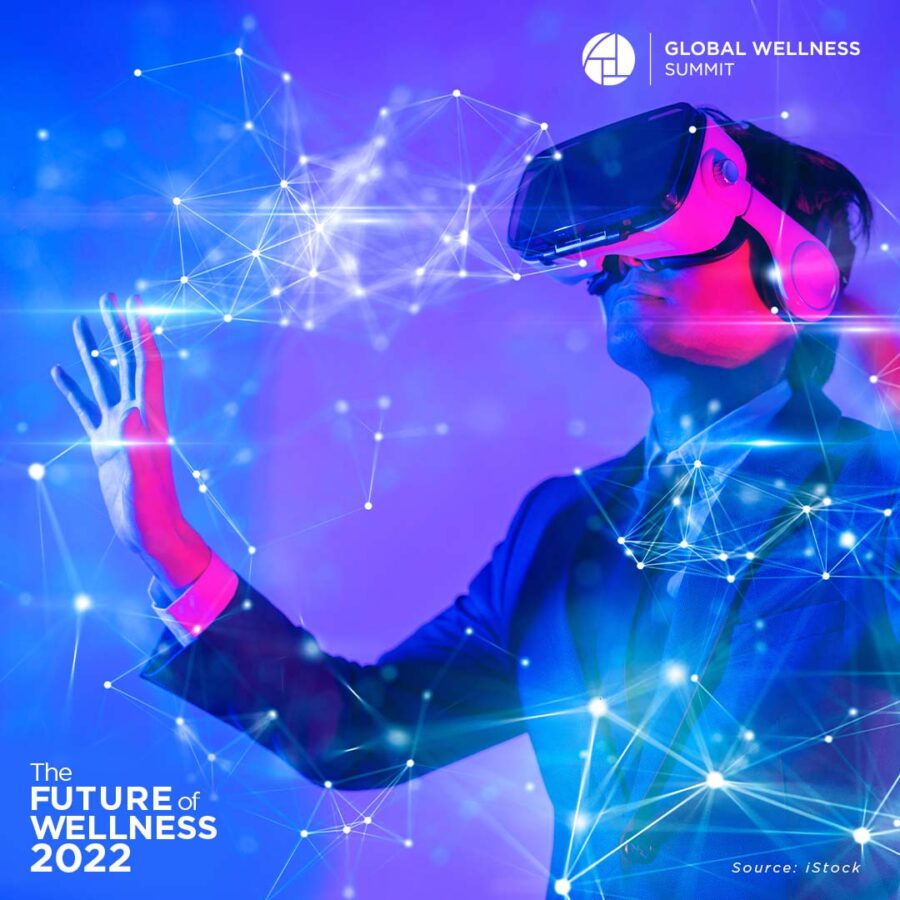
10) Wellness Welcomes the Metaverse
Health & wellness are attractive to the Metaverse which needs to diversify beyond gaming
The metaverse is happening…it isn’t a maybe. And thanks to a range of social forces, including the pandemic, the rise of the “Wellness Metaverse” is inevitable. Wellness is now front and center in consumer’s minds—and at the forefront of business and government strategies around the globe—and the world is seeking new technologies that can far better engage and impact the health of many more people. From virtual reality and augmented reality to merged reality and haptics, the coming wellness metaverse will create vast opportunities for each sector of the $4.4 trillion global wellness economy. This trend explores everything from the trending medical and wellness experiences now being created for the metaverse to how wellness companies should look at the future opportunities.
You can purchase the full report which includes
the on-demand trend presentations from each author here.
READ THE PRESS RELEASE | MEET THE AUTHORS | LEARN MORE + PURCHASE
